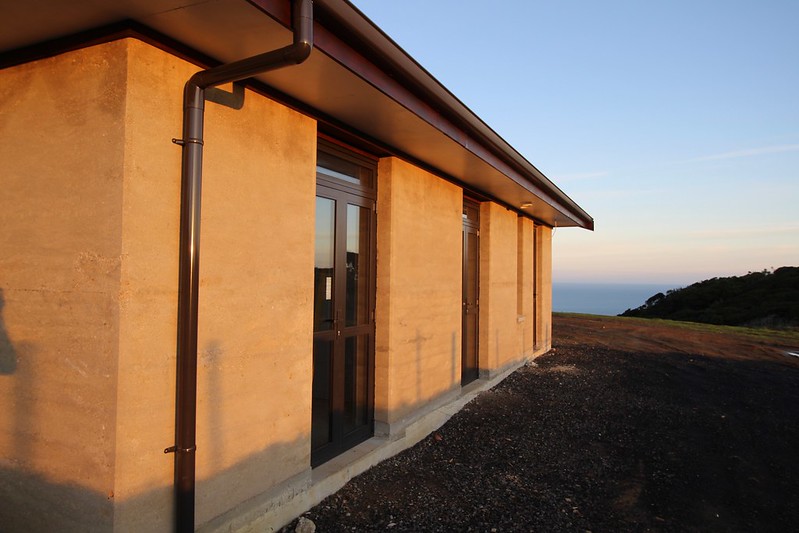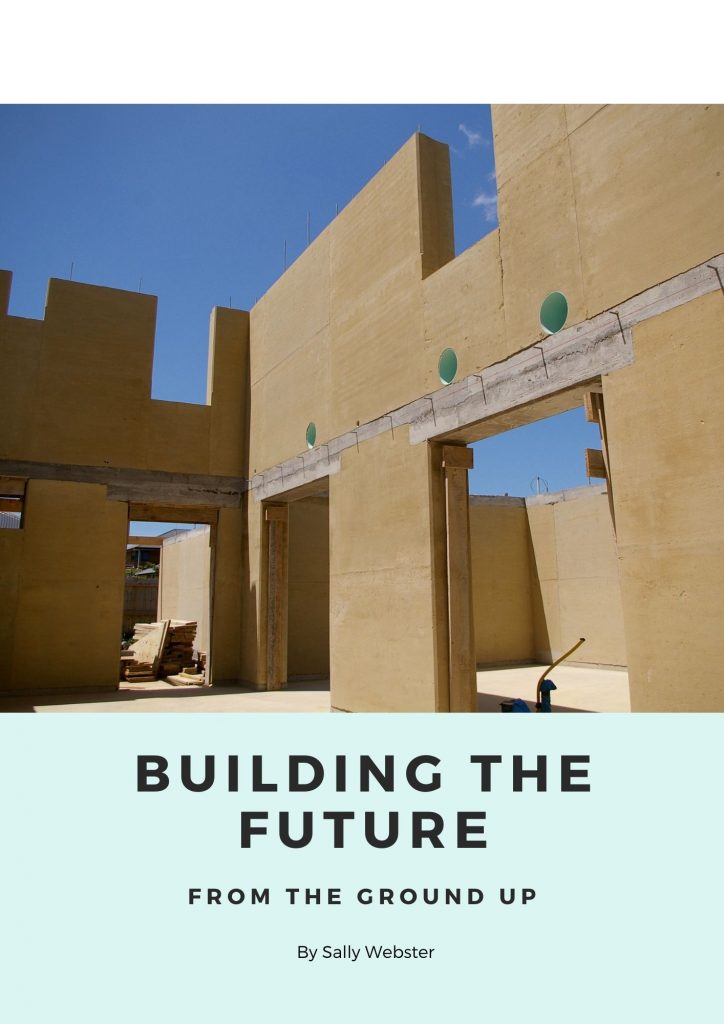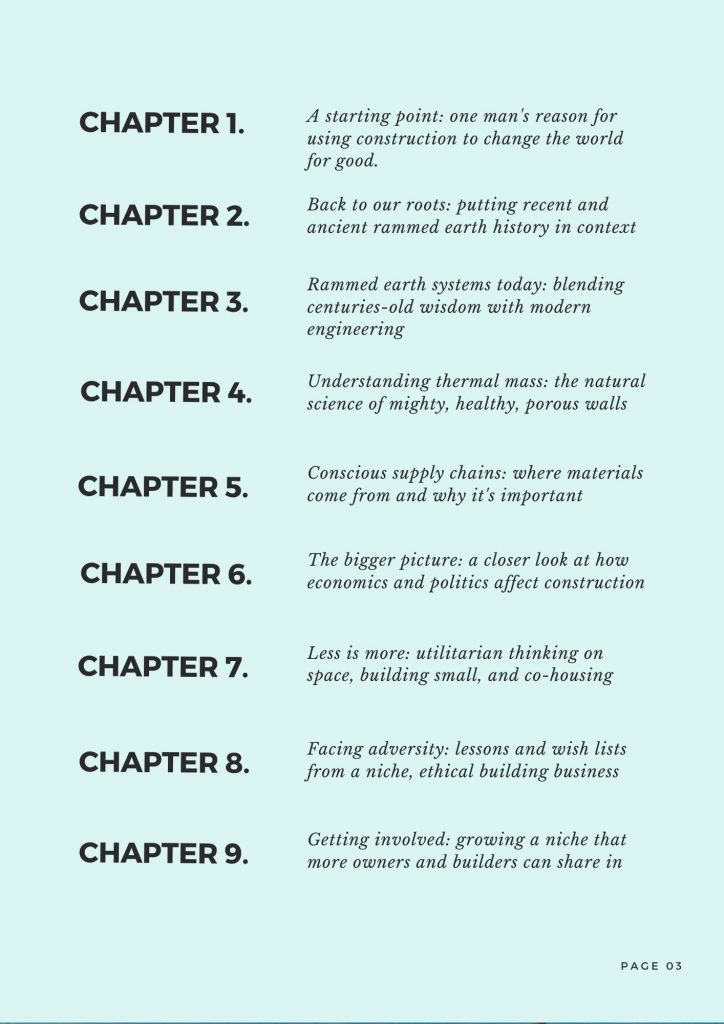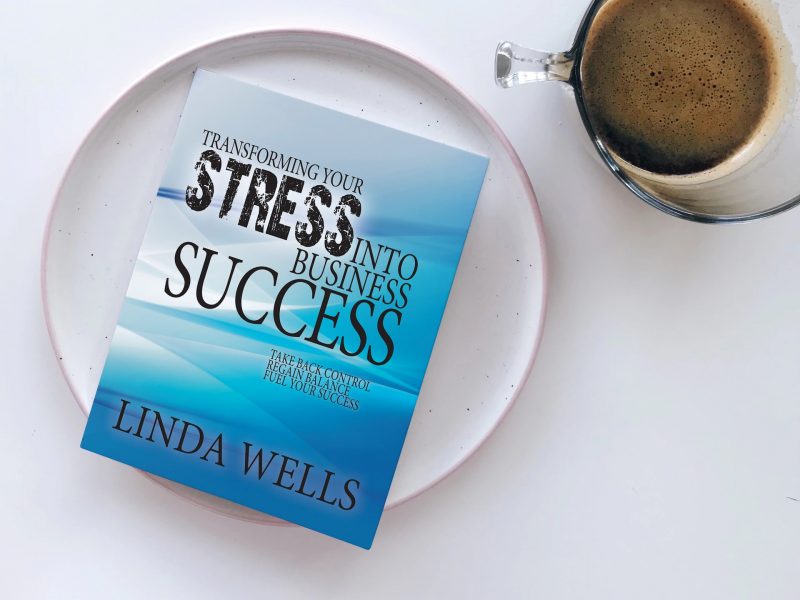
Rammed Earth fundraiser aligns with Building Code urgency
The crowd funding for a book on Kiwi rammed earth wisdom aligns with an Earth Building Association New Zealand (EBANZ) plea to halt damaging building code changes. Author and Case Basket Comms Director Sally Webster unpacks the shared urgency of these sustainable matters that both wrap up on May 28.
It was some time ago that I ventured into working with Paul Geraets and the team at Terra Firma Earth Building Co. Having come across their inspiring and sustainable building philosophy while writing a blog on the Psychology of Space, I was thrilled to then work on public relations for this highly ethical business.
Fast forward 2 years and I’m collaborating with Mr Geraets to crowdfund for a book that’s going to chip away and change the building industry for good. The story is going to achieve this by highlighting what conventional building practices need to change to save people’s health and that of the planet. It will also show clearly that rammed earth buildings have already achieved the warm, dry, light carbon footprint the world is now striving to create.
Rammed earth is one of the leading solutions to climate, health and construction problems in Aotearoa. But like any necessary change, it only happens when we appeal to hearts and minds. A big part of that public relations change process is that we also need to give people something to get involved in.
Therefore if you want to see healthier homes for people and planet, go to our Kickstarter page right now and watch the video, read the content and then click ‘back this project.’
Know that when you pledge your support – from $5 – you’ll be invited to a private Building the Future Facebook group to generate idea and critique, plus keep me on my writing toes. The campaign comes to a close end of business on May 28, New Zealand Standard Time.
It turns out we’re not the only body that is lobbying to change hearts and minds by the time this auspicous day rolls around. EBANZ is currently garnering support to halt building code changes that could very easily thwart the immense good that rammed earth and other forms of earth building does in New Zealand.
EBANZ is on a mission to get as many Ministry of Business, Innovation and Employment submissions in before business closes on the same day our campaign does. So, how can you support this plea to retain the good work that earth builders are already doing in the building industry?
STEP 1: Familiarise yourself with the THREE CURRENT 2020 codes on the Standards NZ website: https://www.standards.govt.nz/search/doSearch?Search=earth+building
STEP 2: Visit the MBIE site location where you can make your submission. This is the URL to use: https://www.mbie.govt.nz/have-your-say/building-code-update-2021/
STEP 3: Think clearly about what you want to say. Firstly, I will summarise the two proposed changes that the longer text explains below, as provided by EBANZ. I suggest you read both.
Summary Proposal 1 wants to increase R values which only work in favour of insulation and heat efficiency systems in conventional buildings. These buildings have a high embodied energy – this is something you’ll learn more about in our Chapter One package. Rammed earth and other earth buildings have a low embodied energy and offer warmth, health and comfort based on different, thermal mass principles. Let’s make sure both ‘measures’ of efficiency are always catered for in the building codes. This means earth building codes should be exempt from this increased R value measure.
Summary Proposal 2 asks that we introduce a tier system into building standards. This proposed tier status won’t prioritise earth building OR reflect the dire need to regulate embodied energy in buildings. Regulating embodied energy is the way of the future, and this proposal threatens to set us back. Says EBANZ: “Earth building methods are not widely used yet, however, since they are low in embodied energy, MBIE ought to be giving them greater importance and helping them to become more widely used; hence, they should be given greater status in the tier ranking based on what we need from this day forward, rather than based on the low use of them in the past. We suggest that each standard is ranked based on their importance going forward in addressing climate change.”
The New Zealand Earth building Standards were known to earth builders internationally as some of the best in the world. Years of work have gone into creating this global benchmark. We suggest you look at the full EBANZ explanation below to help you word your submission by May 28.
Proposal 1. Energy efficiency of housing and small buildings
The proposal to remove separate R values for heavy mass walls is opposed by us until a fully functional modelling program that can model free running passive solar designed houses is readily available so we ask that this proposal is put on hold. As it currently stands this proposed change is relevant to Earthbuilding; it may make it very hard if not impossible to achieve compliance for traditional high density Earthbuilding, and may make achieving compliance for lower density Earthbuilding significantly more complicated and expensive.
With the mission to improve our building code to reduce carbon emissions in the industry, we need to take a balanced approach, considering both the embodied energy of buildings, and the life cycle energy use of the building. The proposal to increase the R value of floor, walls and ceilings may make sense for most conventional ways of building, however, in the case of some key earth building methods, such as traditional adobe and rammed earth, this approach will actually hinder these methods.
Such homes, as promoted by the Earthbuilding Association of New Zealand, are often naturally conditioned, free running, passive solar designed and built of low carbon or carbon sequestering natural materials. Because rammed earth and adobe are such valuable building techniques in combating climate change, due to their low embodied energy, the embodied energy aspects should offset the heat loss aspects that make them difficult to achieve the high R values that are being proposed.
This thermal efficiency proposal is based on the premise that someone is heating and cooling their house with electricity and putting an ‘unnecessary demand on the electricity grid’. This also does not apply to the many earth buildings in NZ which achieve high thermal comfort levels by using free or carbon neutral sources of heating and cooling such as passive solar, thermal mass, wood and natural ventilation.
It will be detrimental to our way of traditional earth buildings to remove what amounts to the effective R values for thermal mass without a fully developed, tested and working computer thermal simulation tool in place that will model these gold standard environmentally sensitive homes. If the Government were to propose a maximum kWh per year per person, for household heating and cooling, ensuring the home stays within a specified temperature band, it would perhaps be possible to model these homes using the EnergyPlus simulation engine with the Ladybug interface for Rhinoceros/Grasshopper or some other tool.
To be holistic, this figure would need to include hot water heating as this is typically around 30% of a households energy use, but could be considerably less with a wet back or other alternative source. It would also need to account for carbon neutral heating such as clean and efficient wood burning. This would be an extremely complex exercise involving much skill and trust from the modeller. It would also add considerable compliance cost to the consenting process when traditional rules of thumb work well for these homes. We reiterate, that there are no simple, out of the box tools to demonstrate H1 compliance whilst taking account of thermal mass, passive solar design and natural ventilation. Until there is such a tool, removing effective R values for thermal mass is taking away peoples options to build earthen homes that have been proven to perform well in practice.
This proposal only addresses operational energy and ignores the embodied energy in building materials. Embodied energy we would argue, is much more important in the near future, to stop us reaching dangerous planetary tipping points. It doesn’t matter how efficient a house is in electric heating and cooling, if so many of them are built that the carbon emitted from manufacturing all their materials tips us over 1.5°. Increasing the levels of insulation in a home can also increase embodied energy beyond the benefits of the reduced thermal transfer. This is precisely what Andrew Alcorn in his doctoral thesis at Victoria University on ‘Global Sustainability and the New Zealand House’ found – that adding insulation beyond a certain point makes for worse emissions – even when the grid is only 65% renewable as it was when he did the study in 2010. With a grid that is 90% renewable the switchover point for making zero difference to emissions (in an electrically heated building) comes at even lower insulation levels – unless you are using carbon negative insulation like straw or wood fibre, combined with carbon sequestering or low embodied energy materials.
We stress that there is a very real need to reduce carbon that is emitted up front in our buildings to help urgently address the climate emergency we face, so all material choices matter. As Peter Hickson (President Earth Building Association of Australia) says, ‘Why isn’t the metric carbon when the problem is carbon?’.
In summary, this proposal will hinder many people who are designing to best environmental practice and using passive solar, passive cooling and clean and efficient wood burners in conjunction with internally exposed thermal mass that uses materials with very low embodied energy. We feel it is reducing some of the most environmentally ethical building options in this country whilst catering to the worst. Considering we are in a climate emergency, whatever option is selected we need exemptions for the kind of building that the Earthbuilding Association of New Zealand promotes. We also want embodied energy accounting in the building code and indoor air quality regulation. We don’t want to go down Australia’s path. As Peter Hickson also said, ‘Australia’s regulations are an attempt to mitigate worst practice in lightweight project homes built without regard for climate and fitted with RCAC (what we call heat pumps). It is not regulation designed to promote best practice. It is failing best practice entirely.’ This proposal will add considerable cost to building in NZ and for questionable environmental benefit.
In support of our submission, please find these two papers from Peter Hickson.
Proposal 2: Building Code operating protocols
We disagree with the weighting of the tier status of standards and believe they should be put through a climate emergency lens. The building code has to regulate embodied energy in building materials, to stop us reaching dangerous planetary tipping points. The proposed weighting does not reflect this. We note there are three standards on the Tier 1 & 2 list representing concrete and two for steel. These materials are incredibly high in embodied energy and really need to be fazed-out wherever possible. In contrast, the suite of three earth building standards, represent low and negative carbon building using natural and carbon sequestering materials.
We would argue that these earth building standards should be on the Tier 1 & 2 priority list. We would also note that it would only be a relatively minor matter to bring them into citation. They have already been extensively revised after a huge industry and massive volunteer effort and they have also been out for public consultation.
Earth building methods are not widely used yet, however, since they are low in embodied energy, MBIE ought to be giving them greater importance and helping them to become more widely used; hence, they should be given greater status in the tier ranking based on what we need from this day forward, rather than based on the low use of them in the past. We suggest that each standard is ranked based on their importance going forward in addressing climate change.
For more information on these code changes and help with your submission, please email EBANZ Chair Pat Mawson on pat@earthbuilding.org.nz or call on +64 022 657 9256
For more information on rammed earth building in New Zealand please email paul@earthbuilding.co.nz or call +64 021 843 669
For more information on the book and it’s funding process on Kickstarter please email sally@casebasketcomms.com or call +64 021 599 191.







